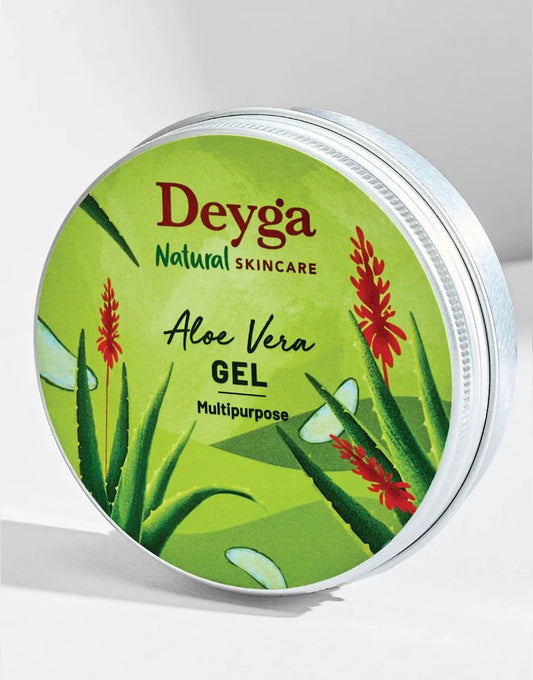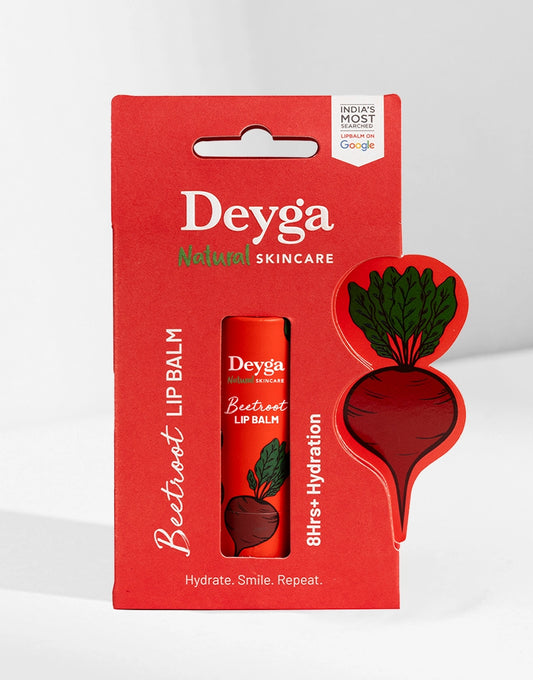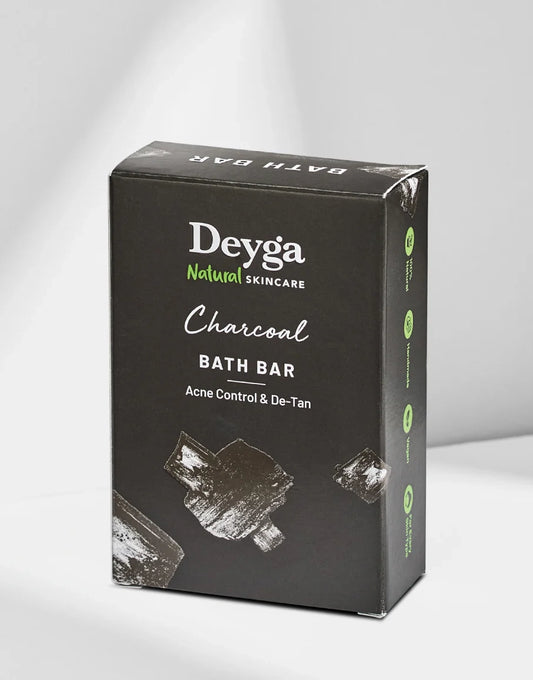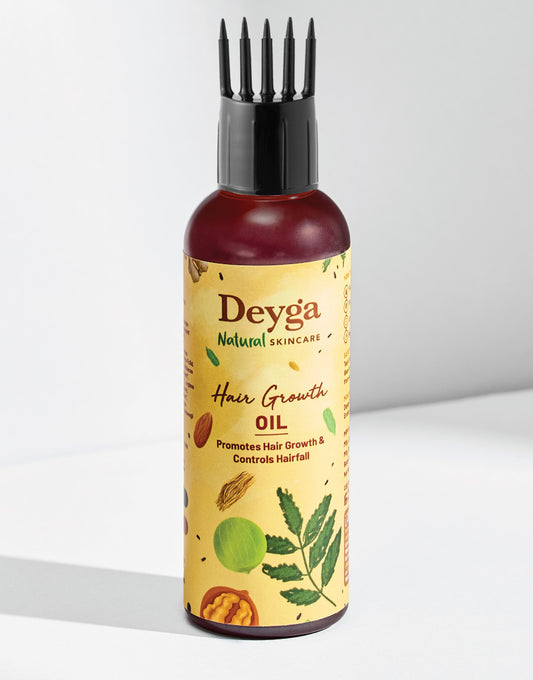Menstrual cycle is a part of women’s life, and it is wholly about how we have gone through those days in every month. From cloth pads used initially, we have evolved to pads, tampons, cups, and even period panties. All of the menstrual cycle products have their own pros and cons considering aspects like hygiene and comfort.
Confused in choosing one product to comfort you during the menstrual cycle phase? This blog will guide you in choosing one.
What Are Sanitary Pads?
Sanitary pads are absorbing sheets which are made of materials like cotton or synthetic fibres, that collects the blood flow eventually. Pads are generally worn with underwear, which makes you comfortable too. You can find different sizes like small, medium, XL, XXL, overnight pads, etc. One of the comfy options which can be disposed of easily.
What Is a Menstrual Cup?
This is a small, flexible cup which is made of rubber or silicone material. They are generally inserted inside the vagina to collect the discharge of the blood flow. After a certain time period, you can remove, empty the cup, and rinse them. This is more eco-friendly considering the pads because they last for years.
Comfort and Convenience
|
Feature |
Pads |
Menstrual Cups |
|
Usage |
Beginner friendly. Easy to Use. Unwrap, Stick to your underwear. |
I need practice to insert and remove them. |
|
Comfort |
When your flow is heavy, they may feel heavy. |
After insertion, it will be light; It has more absorbing capacity. |
|
Suitability for Activities |
Might be dis-comfort for people who are into running and swimming. |
Suits people who perform swimming and exercise. |
|
Hygiene |
Should be changed every 5 hours. Helps in avoiding odour. |
Can be used for more than 8hrs when your flow is moderate. |
|
Learning Curve |
Beginner-friendly; Simple to Use. |
Slight curvy; Convenient after using a couple of times. |
Verdict: Pads are perfect for beginners; But cups work better for long term comfort and freedom.
Hygiene and Health
|
Feature |
Pads |
Menstrual Cups |
|
Material |
Made of skin-friendly materials like cotton or cellulose. |
Made from silicone or rubber; Safe for internal use. |
|
Function |
Absorbs menstrual blood flow externally. |
Collects menstrual blood internally. |
|
Hygiene Concerns |
When used for a longer period, they may lead to breeding ground for bacteria. |
Does not create bacterial balance; But should be washed properly before usage. |
|
Possible Irritation |
May cause rashes or itching when used for a longer period of time. |
Less chance of irritation if maintained hygienically. |
|
Maintenance |
Needs to be changed every 4–6 hours for hygiene. |
Requires washing before and after use; Ensure to sterilize at the start and end of the cycle. |
Verdict: Cups are more hygienic when cleaned properly; While pads require frequent changes to avoid irritation.
Environmental Impact
|
Feature |
Pads |
Menstrual Cups |
|
Composition |
Made of plastic layers, adhesives, and synthetic fibers; Non-biodegradable. |
Made from medical-grade silicone; Reusable for years. |
|
Waste Generation |
Each woman uses around 10,000–12,000 pads or tampons; Creates more wastage. |
One cup can last 5–10 years; Reduces menstrual waste. |
|
Decomposition Time |
Takes hundreds of years to decompose; Causes landfill pollution. |
Reusable and long-lasting; Leaves minimal impact. |
|
Eco-Friendliness |
Even biodegradable pads create monthly waste; still, the best sanitary pads made with ultra-gentle, eco-conscious materials remain a safer choice for women with sensitive skin. |
Sustainable and zero-waste option;Suits eco-conscious users. |
Verdict - Menstrual cups are the clear winner for sustainability.
Cost Comparison
|
Feature |
Pads |
Menstrual Cups |
|
Initial Cost |
Low; Easily available low cost. |
Moderate. One-time investment. |
|
Monthly Expense |
Recurring expenses every month. |
No monthly expenses. Can be used for years. |
|
Long-Term Cost |
Adds up to thousands of rupees over the years. |
Saves money in the long run due to reusability. |
|
Availability |
Widely available in stores and online. |
One-time purchase, easily available online and in pharmacies. |
|
Value for Money |
Affordable short-term solution. |
Cost-effective and sustainable long-term solution. |
Verdict - Menstrual cups are far more cost-effective in the long term.
Ease of Use and Maintenance
|
Feature |
Pads |
Menstrual Cups |
|
Usage |
Simple to use; Stick onto underwear and change when full. |
Requires proper insertion and removal technique. |
|
Maintenance |
No cleaning needed; dispose of after each use. |
Needs regular cleaning with mild soap or cup wash after every use. |
|
Sterilization |
Not applicable. |
Must be sterilized in boiling water before and after each menstrual cycle. |
|
Disposal |
Easy but not always hygienic, especially when traveling or outdoors. |
No disposal needed — reusable for years. |
|
Learning Curve |
Beginner-friendly. |
Takes time initially, but can master it soon. |
Verdict - Pads are quick to use; While cups provide long term hygiene.
Leak Protection
|
Feature |
Pads |
Menstrual Cups |
|
Design |
Has wings and layers; Better absorbing capacity and stays at one place without moving. |
Secures vaginal areas to prevent leaks. |
|
Leak Resistance |
Can leak if not changed frequently or positioned properly. |
Offers excellent leak protection when inserted correctly. |
|
Capacity |
Limited absorption; may overflow during heavy flow days. |
Can hold more menstrual fluid than pads, ideal fo |
Verdict - Cups offer more protection when used properly.
Travel and Lifestyle
When you are someone who is into travelling, choosing menstrual cups is a safer choice. This is because pads take more count than cups, and even leads to out of stock after a certain period of time.
When you are going to school, work, or even gym, choosing cups are a perfect choice, and they even make you comfortable and confident.
Who Should Choose What?
|
Criteria |
Sanitary Pads |
Menstrual Cups |
|
Best for |
Beginners, teens, light flow days |
Experienced users, eco-conscious women |
|
Comfort |
Can feel bulky |
Lightweight, invisible feel |
|
Cost |
Recurring monthly cost |
One-time investment |
|
Hygiene |
Must change frequently |
Sterilize and reuse |
|
Eco-friendly |
Disposable waste |
Zero waste |
|
Leak protection |
Moderate |
Excellent |
|
Activity-friendly |
Limited |
Suitable for all activities |
Conclusion
Periods are not a burden, it’s a part of every woman's lifestyle. While choosing between pads and menstrual cups, each has their own pros and cons. The right one for you can be chosen based on comfort and hygiene. For people who love natural and eco-friendly pads, then choose Deyga Organics New Age Pads.
Get your hands on bio-degradable pads which are safe for the skin and the planet.
FAQ’s
1. Which is better,menstrual cup or pads?
Pads are easy to use and beginner friendly. In the case of menstrual cups, they are a one-time investment and cost-effective. You can choose based on your comfort and lifestyle.
2. Are menstrual cups safe to use?
Yes, menstrual cups are safe. They are medical-grade pads which are safe and do not disturb the pH of the skin.
3. Can menstrual cups leak?
If you have inserted them properly, they are safe to secure and do not leak much too! Leaks happen when the position is not proper or when they are full!
4. How long can I wear a menstrual cup compared to a pad?
A menstrual cup can be worn for 8–10 hours, depending on your flow, while pads should ideally be changed every 4–6 hours to maintain hygiene and prevent odor or irritation.
5. Which is more eco-friendly, menstrual cup or pad?
Menstrual cups are far more sustainable. A single cup lasts up to 5–10 years, reducing waste drastically, whereas disposable pads contribute to plastic pollution every month.
 Track My Order
Track My Order












